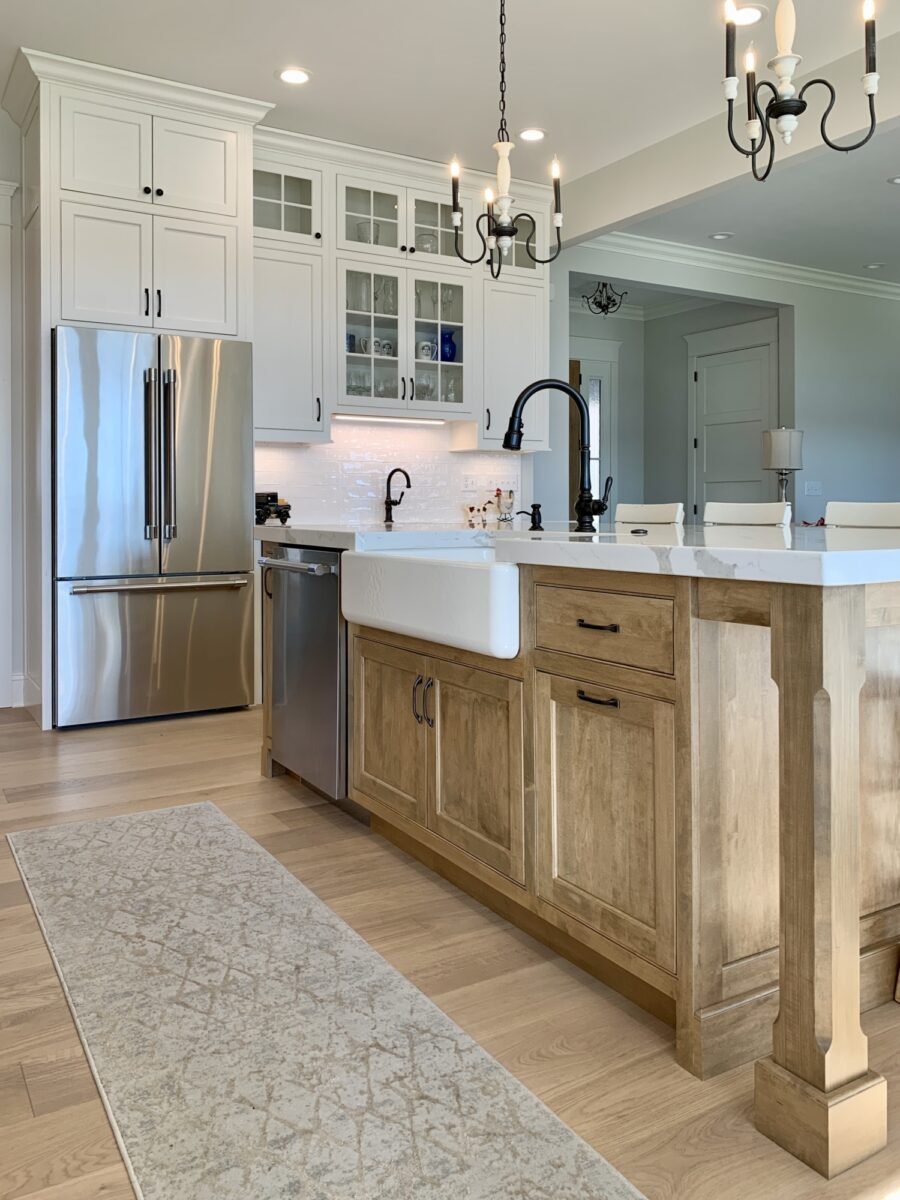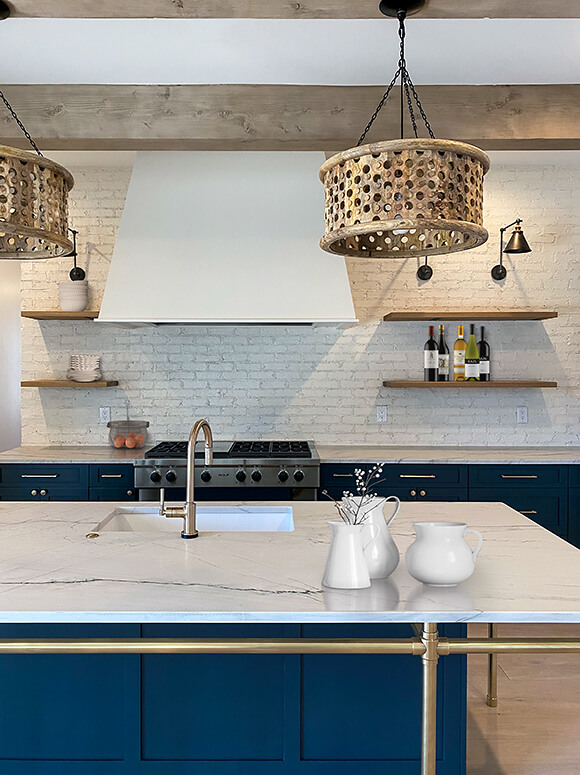Resilient and Elegant Selections for High-Quality Legs For Kitchen Island
Resilient and Elegant Selections for High-Quality Legs For Kitchen Island
Blog Article
Essential Variables to Take Into Consideration When Picking Legs For Cooking Area Island
Picking the proper legs for a kitchen area island includes a careful analysis of numerous aspects that can substantially influence both functionality and visual charm. Among these, the choice of product plays an essential function in ensuring durability, while the layout needs to match the existing decor. Considerations such as height and weight assistance are important for security and comfort. As we explore these aspects, it becomes clear that each choice can have significant implications for the general kitchen experience. What subtleties should be taken into consideration in each of these categories to accomplish the optimal equilibrium?
Product Options
When selecting legs for a kitchen area island, comprehending the numerous product choices is crucial for achieving both visual allure and structural stability (Legs For Kitchen Island). The selection of product considerably affects not just the resilience of the island however additionally its overall design and performance
Timber is a popular choice, using heat and versatility. Solid hardwoods, such as oak or maple, supply toughness and can be tarnished or repainted to match the kitchen design. Metal legs, commonly made from stainless-steel or functioned iron, add a industrial and contemporary feel while making certain durability and stability. These materials are resistant to wear and can support substantial weight, making them optimal for bigger islands.
One more choice is engineered materials, like MDF or plywood, which can be extra cost-efficient while still supplying a variety of coatings. They might not offer the same degree of security as solid wood or steel. Legs For Kitchen Island. Finally, materials such as acrylic or glass can develop a modern look, though they may call for extra support to make certain security.
Inevitably, the option of product for cooking area island legs ought to line up with the preferred performance and the overall motif of the cooking area.
Design And Style

When considering style, the shape and finish of the legs are crucial. Tapered legs can offer a feeling of agility and elegance, while thicker, much more durable legs can communicate stamina and security. Additionally, the coating-- be it repainted, stained, or all-natural-- must match the cabinetry and countertop materials to produce a unified look.
In addition, the design of the legs can likewise reflect individual taste. Personalized or ornamental legs, such as those featuring intricate makings or special geometric shapes, can act as prime focus, including character and personality to the cooking area. Eventually, the ideal option will not only boost functionality yet likewise raise the aesthetic charm, making the cooking area island a standout attribute of the home.
Height Considerations
Selecting the appropriate elevation for kitchen island legs is important, as it directly affects both performance and comfort. The common elevation for a kitchen More hints island normally ranges from 36 to 42 inches, lining up with common counter top elevations.

It is also important to make up individuals' heights and choices. Tailoring the height can guarantee a comfy experience for all family participants, making the kitchen area island a more functional and enjoyable area.
Weight Support
Making certain appropriate weight support for cooking area island legs is important for both safety and performance. The kitchen island usually serves numerous functions, consisting of cooking, eating, and extra storage space, necessitating a durable support structure. When picking legs, it is important to consider the general weight ability required based upon the island's intended use and the products that will be put on it.
The selection of material for the legs plays a substantial role in their weight-bearing abilities. Strong wood, metal, and durable composites normally provide remarkable toughness compared to lighter materials. In addition, the design of the legs-- whether they are directly, tapered, or have a pedestal kind-- can affect their ability to distribute weight successfully throughout the structure.
Furthermore, the leg positioning need to be strategically prepared to improve security. Legs placed at the corners or with a bigger base can much better support larger loads. Always speak with the producer's specifications relating to tons limits to make sure that the legs can maintain the intended weight without endangering security. In summary, picking cooking area island legs with adequate weight support is necessary for producing a risk-free and functional culinary area.
Installment and Upkeep
Appropriate setup and maintenance of kitchen island legs are critical for making certain long life and stability. To begin, it is vital to adhere to the maker's guidelines during installment. This commonly includes securing the legs to the space station utilizing suitable bolts, making sure that the legs are level and straightened. Using a level device can assist prevent tottering and improve the total visual appeal of the cooking area island.
When mounted, routine upkeep is required to maintain the integrity and look of the legs - Legs For Kitchen Island. For wood legs, regular cleansing with a damp fabric and application of ideal wood gloss can prevent wetness damages and maintain their surface. Steel legs may need a mild cleaning service to get rid of grease and gunk, adhered to by a completely dry cloth to stop rust formation
Additionally, check the legs consistently for signs of wear or damage, such as cracks or loose joints. Tightening screws or bolts as needed can likewise extend the life-span of the legs. By sticking to these installment and upkeep techniques, homeowners can ensure that their kitchen island remains durable and visually appealing for many years to find.
Final Thought

Aesthetic coherence is vital in picking the design and design of legs for a kitchen island, as these aspects considerably affect the total ambiance of the space. Tapered legs can supply a feeling of agility and style, while thicker, more robust legs can convey stamina and stability.Selecting the proper elevation for cooking area island legs is critical, as it straight impacts both functionality and comfort. In summary, selecting kitchen island legs with adequate weight support is important for creating a safe and functional culinary space.
In verdict, picking legs for a cooking area island demands mindful factor to consider of different aspects, including material options, design, elevation, weight assistance, and setup.
Report this page